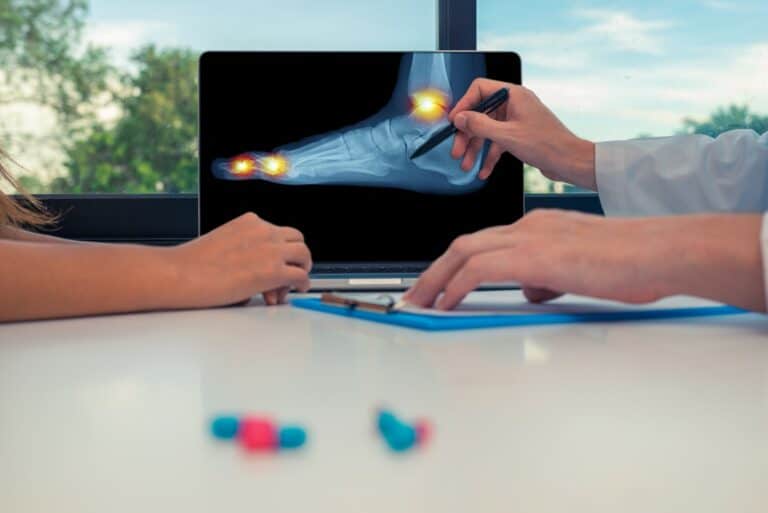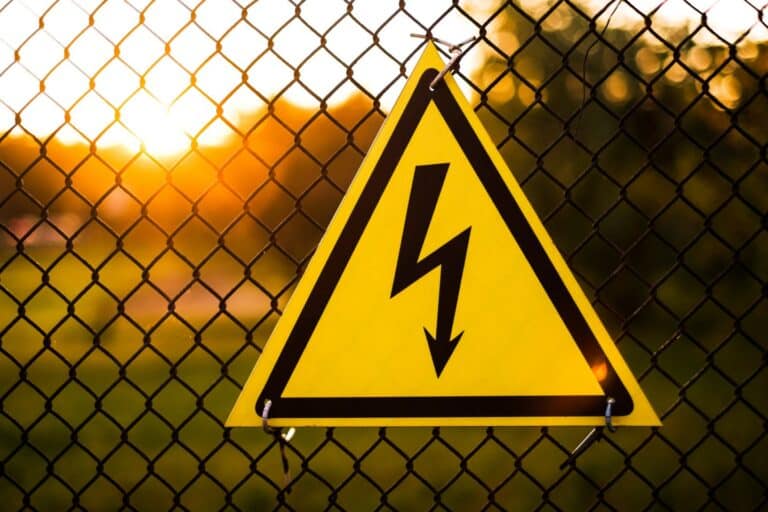
Recoverable benefits in personal injury claims
When an individual suffers an injury as a result of someone else’s negligence, that individual can often be entitled to receive state benefits from the Department of Work and Pensions (‘DWP’).
The DWP operates a system to recover these benefits from the person at fault for the accident, or, most often, from their insurer (‘compensator’). This is managed via the Compensatory Recovery Unit (‘CRU’).
The Compensation Recovery Unit
When a personal injury claim is initiated, the claimant’s solicitor will provide the compensator with sufficient information for them to be able to report the claim to the DWP. The compensator is under an obligation to report the claim to the DWP within 14 days of being notified.
The CRU then works with compensators, solicitors and the DWP to recover benefits for the state and also to ensure that claimants are not compensated for the same losses twice. This prevents what is otherwise known as ‘double recovery’. The key principle behind any claim for compensation is to put the claimant back in the financial position that he or she would have been in, had the accident not occurred. No more and no less.
So, for example, if a claimant has received Employment and Support Allowance (‘ESA’) from the DWP following an accident, this will need to be offset against any compensation claim for loss of earnings that the claimant is looking to recover from the defendant. The CRU will seek to ensure that, instead of compensating the claimant for his or her loss of earnings, the compensator pays that money back to the DWP.
Offsetting benefits
Benefits can be offset against the following three types of loss:
- loss of earnings;
- cost of care; and
- loss of mobility.
This offsetting must be done on a like-for-like basis. This is illustrated by the example above, where ESA is offset against a loss of earnings claim. Other benefits such as Incapacity Benefit, Income Support and Job Seekers Allowance can also be offset against a loss of earnings claim.
Similarly, benefits such as Attendance Allowance, the care component of Disability Living Allowance (‘DLA’) and the living component of Personal Independence Payments (‘PIP’) can be offset against a cost of care claim. Also, mobility allowance and the mobility components of DLA and PIP can be offset against a claim for loss of mobility.
So, were a claimant has accrued £2,000 in mobility allowance, the compensator may offset this against any claim for loss of mobility, but not any other type of loss being claimed.
In the situation where the amount of a particular loss being claimed is less than the recoverable benefits, the compensator will be liable for the difference and will not be able to reduce the payment against any other type of loss. For example, where a claimant is claiming £10,000 in loss of earnings and £5,000 for the cost of care, and where £15,000 of incapacity benefit has accrued, the compensator will be liable for the full £15,000. The outstanding £5,000 cannot be offset against the claim for care.
The CRU certificate
The CRU certificate indicates how much, if any, the compensator will need to pay back to the CRU in recoverable benefits. Once the compensator has notified the DWP of the claim, the CRU will then send the certificate to the compensator. A copy of the certificate will also be sent to the claimant or their solicitor.
The sum shown on the CRU certificate will be equal to the total amount of related benefits that the claimant has received from the day after the accident, up to a maximum of five years. If the claimant does not agree with the amount shown on the CRU certificate, he or she may ask for it to be reviewed. A claimant is also entitled to appeal against the recoupment of benefits. However, this must be done within one month of the claim reaching a conclusion.
Settlement of the claim
An up to date CRU certificate should be obtained before a final settlement is reached. Then, once a settlement is agreed, the compensator must notify the DWP of the agreement. It must then pay the monies due back to the DWP within 14 days. The remainder of the compensation will then be paid to the claimant. The compensator will not be liable to the DWP for any subsequent benefits received by the claimant.
Claimants’ solicitors should keep their clients well informed of any recoverable benefits so that there are no unexpected reductions in the amount of compensation once a settlement has been reached.
Claimants should also be aware that, if there has been an agreement or a finding of contributory negligence, the full amount of recoverable benefits will still need to be repaid to the DWP, as they do not take contributory negligence into account. So if a claimant was found to be 30% liable for the accident, although their damages will be reduced by 30%, all recoverable benefits will still need to be repaid to the DWP.
Comment
The recovery of benefits in personal injury claims can be complicated. It needs to be kept in mind from the outset of any claim and can have a significant effect on settlement negotiations.
Compensation can affect a claimant’s entitlement to certain benefits, as can interim payments received throughout the claim. An increase in capital may result in benefits being reduced or even stopped altogether. For more information on how compensation can affect your benefits and how you can protect your entitlement to benefits.










